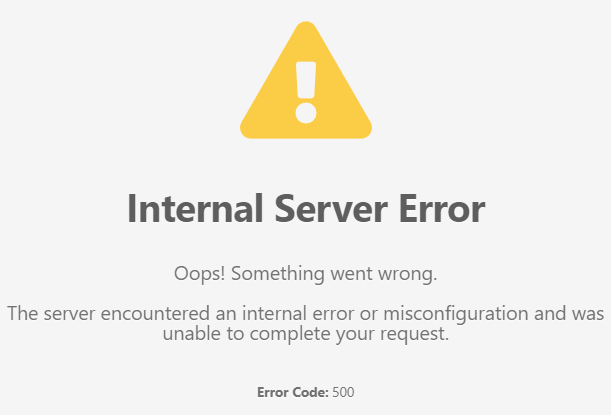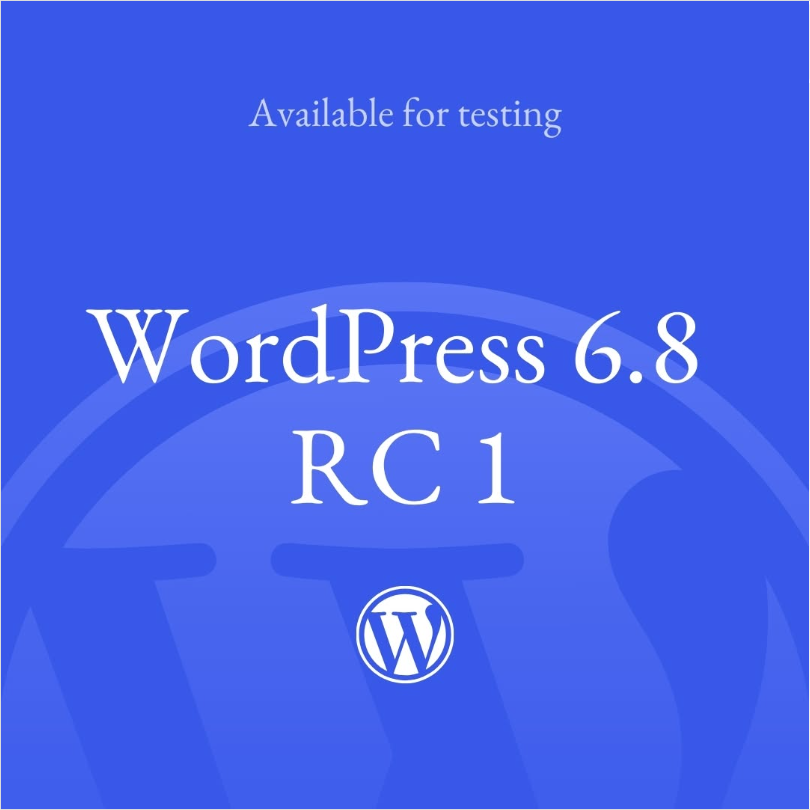For those of you who build websites with WordPress, thecomprehensive databaseThe management of WordPress is very important. Because the articles, pages, comments, user information, etc. of the website are basically stored in the database. phpMyAdmin is a very common database management tool, which can help webmasters manage WordPress database more easily. This article will introduce how to use phpMyAdmin to manage the database, especially suitable for novice friends to learn and reference.
![Image [1] - How to manage WordPress database with phpMyAdmin: A must-read guide for beginners](http://gqxi.cn/wp-content/uploads/2025/05/20250519103431544-image.png)
1. What is phpMyAdmin?
phpMyAdmin is a web-based database management tool that supports MySQL Users perform SQL queries, manage databases, tables and records through a browser interface. For WordPress users, phpMyAdmin provides a convenient way to manage databases without having to access the server directly.
2. Access to phpMyAdmin
In general, phpMyAdmin is accessible via the hosting provider's Control Panel (e.g. cPanel, Plesk). In these panels, there is usually a dedicated "comprehensive database" or "phpMyAdmin" icon, just click on it to enter.
![Image [2] - How to manage WordPress database with phpMyAdmin: A must-read guide for beginners](http://gqxi.cn/wp-content/uploads/2025/05/20250519095136340-image.png)
If your host does not provide phpMyAdmin, you can access it by visiting the http://yourdomain.com/phpmyadmin (or similar link) to open the phpMyAdmin login page.
3. Login to phpMyAdmin
When logging in with phpMyAdmin, the following information is usually required:
![Image [3] - How to Manage a WordPress Database with phpMyAdmin: A Must Read Guide for Beginners](http://gqxi.cn/wp-content/uploads/2025/05/20250519162219665-image.png)
- user ID: The administrator username of the WordPress database.
- cryptographic: The password associated with the database.
- server (computer): usually localhost, unless your hosting provider gives a specific server address.
This information can be found in the WordPress configuration file wp-config.php Find it in. Open this file and you will see lines similar to the following:
define( 'DB_NAME', 'your_database_name' );
define( 'DB_USER', 'your_database_user' ); define( 'DB_PASSWORD', 'your_database_password' ); define( 'DB_PASSWORD', 'your_database_password' )
define( 'DB_PASSWORD', 'your_database_password' ); define( 'DB_HOST', 'localhost' ); define( 'DB_HOST', 'localhost' )
define( 'DB_HOST', 'localhost' ); define( 'DB_USER', 'your_database_user' ); define( 'DB_PASSWORD', 'your_database_password' ); define( 'DB_HOST', 'localhost' )
4. Understanding WordPress Database Structure
The WordPress database structure consists of multiple tables, each responsible for storing different types of data. Here are a few common ones WordPress Database Tablesand its role:
- wp_posts: Stores all articles, pages, attachments, etc.
- wp_users: Stores information about all users, including usernames, passwords, emails, etc.
- wp_options: Stores site settings, theme settings, plugin data, etc.
- wp_comments: Store all comments on the site.
- wp_terms: Stores taxonomy and labeling information.
Understanding what these tables do will help you manage your database better.
5. Common phpMyAdmin operations
There are a variety of operations that can be performed in phpMyAdmin, here are a few common functions:
Viewing and Editing Table Data
Once you are in phpMyAdmin, click on the database name on the left to go to that database. Under that database, you will see a table name. Click on the table name to go to the data management screen. Here you can:
- View table data: directly view the data records in the table.
- Edit Record: Click the "Edit" button in the table to modify the content of the record.
- Delete Records: After selecting records, click "Delete" to delete unwanted records.
![Image [4] - How to Manage a WordPress Database with phpMyAdmin: A Must Read Guide for Beginners](http://gqxi.cn/wp-content/uploads/2025/05/20250519102144204-image.png)
Executing SQL Queries
phpMyAdmin provides a powerful SQL query feature that allows you to write and execute SQL queries directly. For example, if you need to batch delete posts before a specific date, you can do so by writing a SQL statement:
DELETE FROM wp_posts WHERE post_date < '2023-01-01';
After executing this query, the eligible articles will be deleted.
Backup Database
periodicBackup DataLibrary is one of the key operations of website management. phpMyAdmin enables easy backup of WordPress database:
- Log in to phpMyAdmin and select the database you need to back up.
- Click the "Export" button above.
![Image [5] - How to Manage a WordPress Database with phpMyAdmin: A Must Read Guide for Beginners](http://gqxi.cn/wp-content/uploads/2025/05/20250519102151495-image.png)
- Select either "Quick" or "Custom" export method. If you select Custom, you can choose which tables to export and the export format.
- Click "Execute" to download the SQL file for the database.
![Image [6] - How to manage a WordPress database with phpMyAdmin: A must-read guide for beginners](http://gqxi.cn/wp-content/uploads/2025/05/20250519095716180-image.png)
Backed up files can be restored when needed to ensure the safety of your website data.
Recovery of databases
If you need to restore the database, you can import the SQL file using phpMyAdmin:
- In phpMyAdmin, select the database to be recovered.
- Click the "Import" button and select the SQL file for backup.
![Image [7] - How to Manage a WordPress Database with phpMyAdmin: A Must Read Guide for Beginners](http://gqxi.cn/wp-content/uploads/2025/05/20250519102042657-image.png)
- Click "Execute" to import the data.
![Image [8] - How to Manage a WordPress Database with phpMyAdmin: A Must Read Guide for Beginners](http://gqxi.cn/wp-content/uploads/2025/05/20250519101456756-image.png)
6. Considerations and best practices
- Do not manipulate the wp-config.php configuration file directly: Try to avoid modifying configuration-related content directly in phpMyAdmin, especially WordPress core settings.
- Regular backups: Always back up your database before performing any database operations.
- Avoid deleting important data: When executing SQL queries, especially when deleting operations, be sure to check the conditions to avoid losing important data.
- Cleaning up unnecessary content: Keep the database tidy by regularly removing spam comments, drafts, outdated revisions, etc.
7. Frequently asked questions
Why do I have WordPress database connection errors?
If you see in phpMyAdmin theDatabase connection errorFirst check the wp-config.php file for the database connection settings, make sure that the username, password, and database name are correct.
How to improve database performance?
You can regularlyOptimization of databasestable, delete unnecessary data such as drafts, contents of the recycle bin, etc. phpMyAdmin provides an optimization function, select the table in the table interface, click "optimization table" That's it.
![Image [9] - How to Manage a WordPress Database with phpMyAdmin: A Must Read Guide for Beginners](http://gqxi.cn/wp-content/uploads/2025/05/20250519101606569-image.png)
summarize
phpMyAdmin is a powerful and easy-to-use tool that is perfect for WordPress users to manage and maintain databases. Once you've mastered the basics, you can more easily manage your website's data, perform backups and restores, and optimize database performance. By using phpMyAdmin wisely, you can improve the security and performance of your website and make sure everything runs smoothly.
Link to this article:http://gqxi.cn/en/55089The article is copyrighted and must be reproduced with attribution.























![Emoji[chi]-Photonflux.com | Professional WordPress repair service, worldwide, rapid response](http://gqxi.cn/wp-content/themes/zibll/img/smilies/chi.gif)
![Emoji[xigua]-Photonflux.com | Professional WordPress Repair Service, Worldwide, Fast Response](http://gqxi.cn/wp-content/themes/zibll/img/smilies/xigua.gif) [Images]
[Images]





No comments